By Jack D. Young, Early American Coppers (EAC) ……
I am starting this series to review specific counterfeits that have actually been authenticated by third-party grading services and why the items are fakes. These will be short, concise summaries unlike my previous extensive CoinWeek summary articles but will always include comparison images to genuine examples to better document “what went so horribly wrong.”
I’ll start with images of the “Dark Corner” example for this installment.

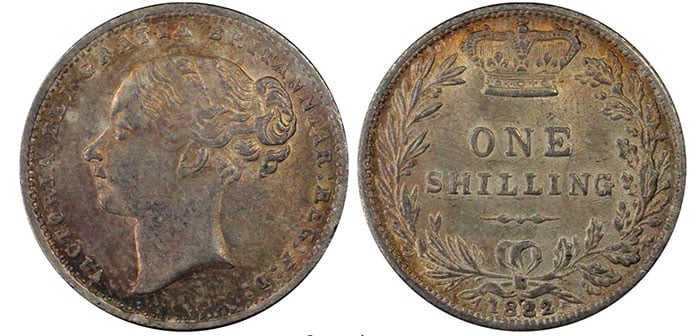
The internet image does not do this one justice, as the surfaces are clean with “old silver” toning of blues and orange on the obverse. It certainly looks authentic to an untrained eye. But when compared to a genuine example, the differences are quite obvious.
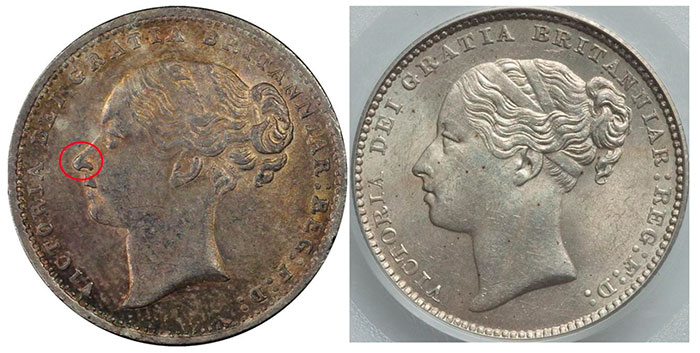
Just a quick look at the obverse and it is hard to miss the portrait issues, especially the nose!
And the date on the reverse stands out as being really wrong; a friend and fellow researcher states that it looks “hand-cut”.
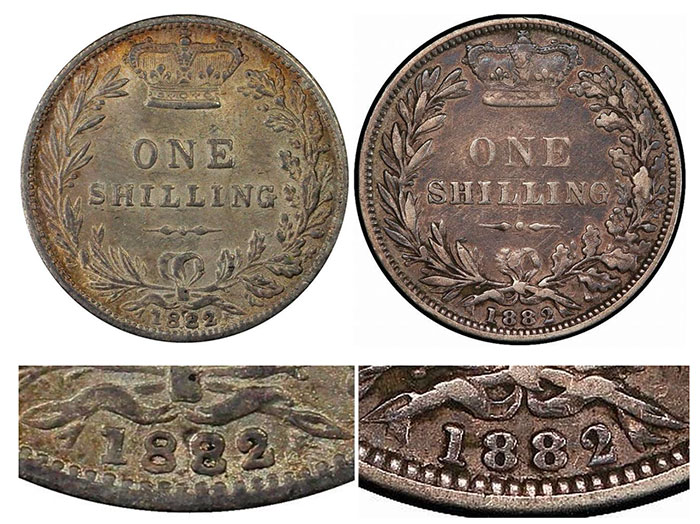 And a little like “Where’s Waldo?”, you can spend some time and see all of the other differences beyond the main “attribution” points for these.
And a little like “Where’s Waldo?”, you can spend some time and see all of the other differences beyond the main “attribution” points for these.
As in my other research projects, I spent some time digging on the internet and found a second potential counterfeit in a German coin shop.
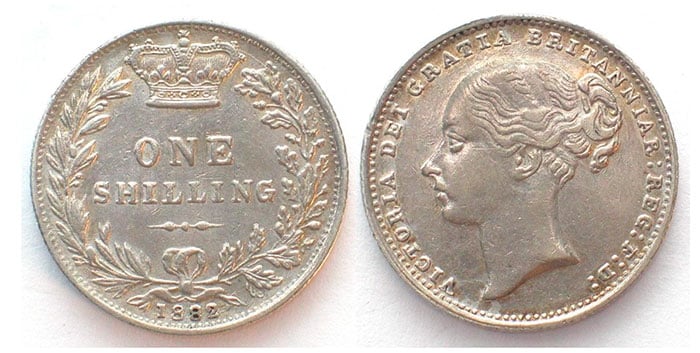
Trading some emails with my contact there, he reported this example was included in a large GB Commonwealth collection and came from a Canadian dealer in the 1970s. It is his belief that these were coined in the ’70s to satisfy the demand for what was then considered a really tough date (1882).
And to make this one even more interesting, my fellow researcher from “across the pond” owns a similar example dated 1863 with the same obverse and similar reverse and odd-looking date.
Best as always,
–Jack D. Young, EAC 5050


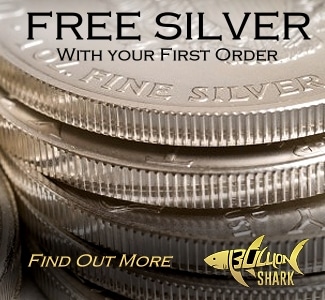
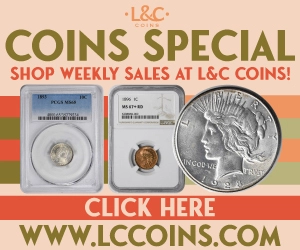
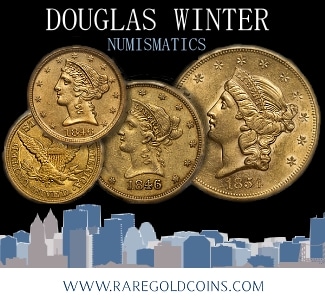
Love Jack Young articles. Keep them coming!!
Please keep the articles by Jack Young coming! Each and every one is extremely valuable to the numismatic community! He is a true treasure. I wish we could clone Jack Young!
Great article about the never-ending amount of fakes in our hobby. Thankyou Jack Young for your time and knowledge. Looking forward to the next informative article to hit #coinweek.com.
I own a small collection of authenticated fakes as well. They fall into two distinct categories. Contemporary Circulating Counterfeits (CCC) that have been encapsulated as genuine and Numismatic forgeries that have also been encapsulated as genuine. I find the CCC that have been encapsulated far more interesting because they are historic in nature. These tend to be common coins overlooked because the review they seem to warrant is more limited than rarities. The NF types made recently to defraud collectors typically are rarer coin types and as such they are actually worthless as collectables. Do you tend to publish both types or only the NF examples. Some of the CCC coins were actually published in Numismatic references some time ago with pictures and yet they are missed.
These articles by Jack Young are always so educational and should be a must for any coin collector. People need to learn about coins themselves instead of depending on a third party grading service.